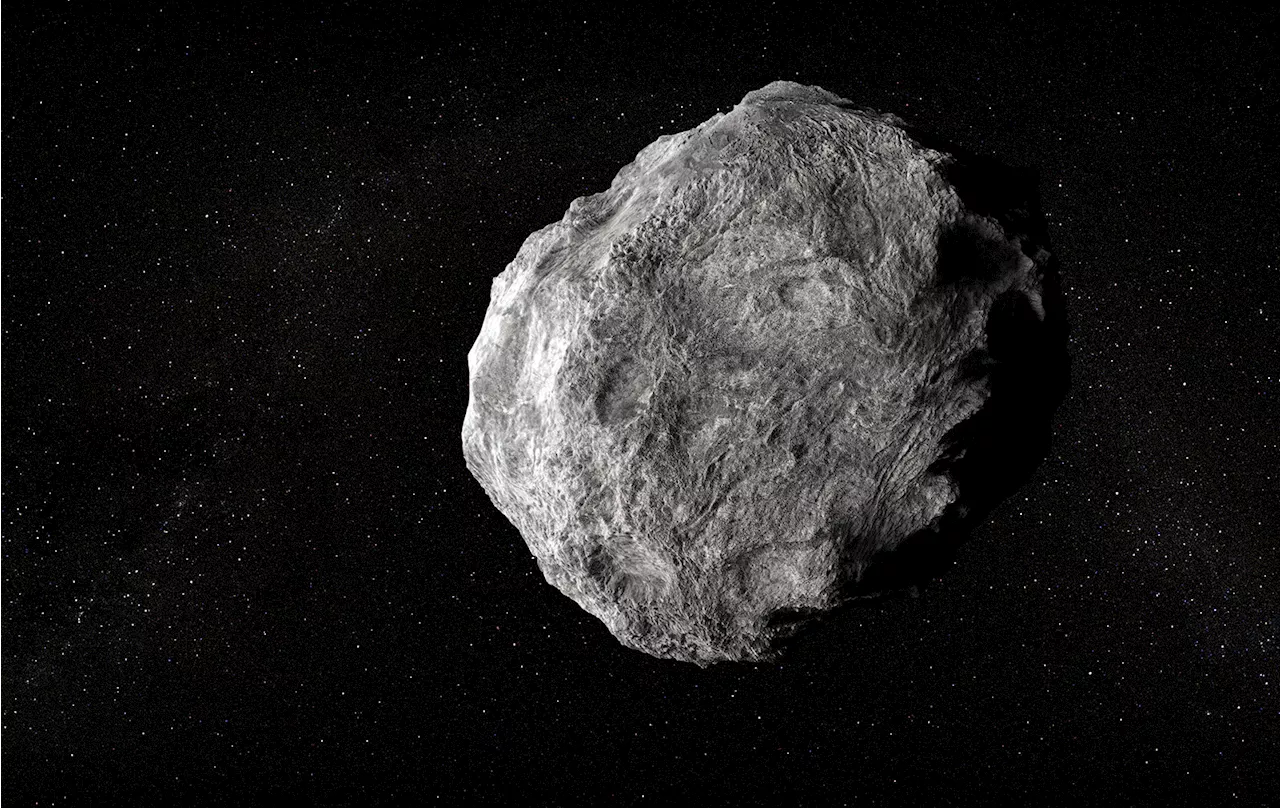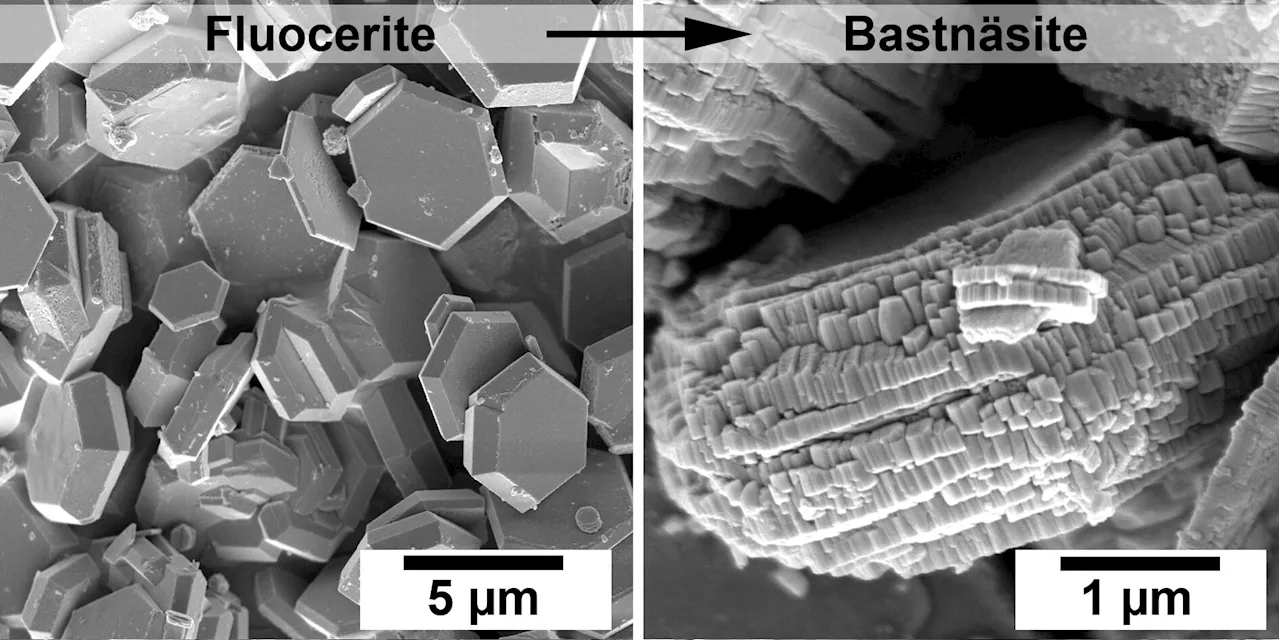A new analysis of rocks thought to be at least 2.5 billion years old helps clarify the chemical history of Earth's mantle -- the geologic layer beneath the planet's crust.
New study supports stable mantle chemistry dating back to Earth's early geologic history and over its prodigious evolutionA new analysis of rocks thought to be at least 2.5 billion years old helps clarify the chemical history of Earth's mantle -- the geologic layer beneath the planet's crust. The findings hone scientists' understanding of Earth's earliest geologic processes, and they provide new evidence in a decades-long scientific debate about the geologic history of Earth.
The research team -- including lead study author Suzanne Birner who completed a pre-doctoral fellowship at the National Museum of Natural History and is now an assistant professor at Berea College in Kentucky -- began their investigation to understand the relationship between Earth's solid mantle and modern seafloor volcanic rocks.
Being so extremely melted would have protected these rocks from further melting that could have altered their chemical signature, allowing them to circulate in Earth's mantle for billions of years without significantly changing their chemistry. Previously, some geologists have interpreted mantle rocks with low oxidation levels as evidence that the Archean Earth's mantle was less oxidized and that through some mechanism it has become more oxidized over time. Proposed oxidation mechanisms include a gradual increase in oxidation levels due to a loss of gasses to space, recycling of old seafloor by subduction and ongoing participation of Earth's core in mantle geochemistry.
Earth Science Near-Earth Object Impacts Earthquakes Fossils Origin Of Life Early Climate Anthropology
United States Latest News, United States Headlines
Similar News:You can also read news stories similar to this one that we have collected from other news sources.
 An asteroid larger than 99% of near-Earth asteroids will pass Earth this weekTwo asteroids will pass Earth back-to-back this week, just in time to celebrate Asteroid Day 2024. Here's what we know.
An asteroid larger than 99% of near-Earth asteroids will pass Earth this weekTwo asteroids will pass Earth back-to-back this week, just in time to celebrate Asteroid Day 2024. Here's what we know.
Read more »
 The Reimagined Chateau Opens at NemacolinNew accommodations, a new nightspot, and new amenities enhance the luxe factor.
The Reimagined Chateau Opens at NemacolinNew accommodations, a new nightspot, and new amenities enhance the luxe factor.
Read more »
 New study unveils formation secrets of tiny rare earth elementsResearchers from Trinity College Dublin's School of Natural Sciences have revealed a novel route to the formation of bastnäsite, a crucial mineral for the extraction of rare earth elements (REEs). Their work offers promise in one day making the extraction of these REEs more efficient.
New study unveils formation secrets of tiny rare earth elementsResearchers from Trinity College Dublin's School of Natural Sciences have revealed a novel route to the formation of bastnäsite, a crucial mineral for the extraction of rare earth elements (REEs). Their work offers promise in one day making the extraction of these REEs more efficient.
Read more »
 New twists on tornadoes: Earth scientist studies why U.S. has so many tornadoesAcross the Midwest during the warmer months, studying the sky for signs of storms and tornadoes becomes one of the most popular pastimes.
New twists on tornadoes: Earth scientist studies why U.S. has so many tornadoesAcross the Midwest during the warmer months, studying the sky for signs of storms and tornadoes becomes one of the most popular pastimes.
Read more »
 New twists on tornadoes: Earth scientist studies why U.S. has so many tornadoesAcross the Midwest during the warmer months, studying the sky for signs of storms and tornadoes becomes one of the most popular pastimes. Working at the intersection of climate science and meteorology and using modeling, scientists are looking at the big picture of what causes severe storms and tornadoes -- and what dictates where they occur.
New twists on tornadoes: Earth scientist studies why U.S. has so many tornadoesAcross the Midwest during the warmer months, studying the sky for signs of storms and tornadoes becomes one of the most popular pastimes. Working at the intersection of climate science and meteorology and using modeling, scientists are looking at the big picture of what causes severe storms and tornadoes -- and what dictates where they occur.
Read more »
 Watch Japan launch advanced Earth-observing satellite on new H3 rocket tonightMichael Wall is a Senior Space Writer with Space.com and joined the team in 2010. He primarily covers exoplanets, spaceflight and military space, but has been known to dabble in the space art beat. His book about the search for alien life, 'Out There,' was published on Nov. 13, 2018.
Watch Japan launch advanced Earth-observing satellite on new H3 rocket tonightMichael Wall is a Senior Space Writer with Space.com and joined the team in 2010. He primarily covers exoplanets, spaceflight and military space, but has been known to dabble in the space art beat. His book about the search for alien life, 'Out There,' was published on Nov. 13, 2018.
Read more »
